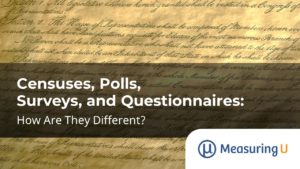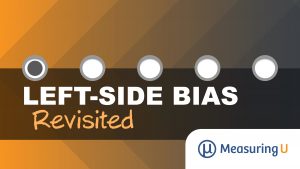
Censuses, Polls, Surveys, and Questionnaires:
How Are They Different?
Surveys are one of the most popular methods in applied research. While many have argued that surveys are overused, it’s hard to believe that surveys have no place in multi-method UX research. When conducting survey-based research, you’ll often encounter the terms census, poll, and questionnaire used in conjunction with—and often interchangeably with—the term survey. But








